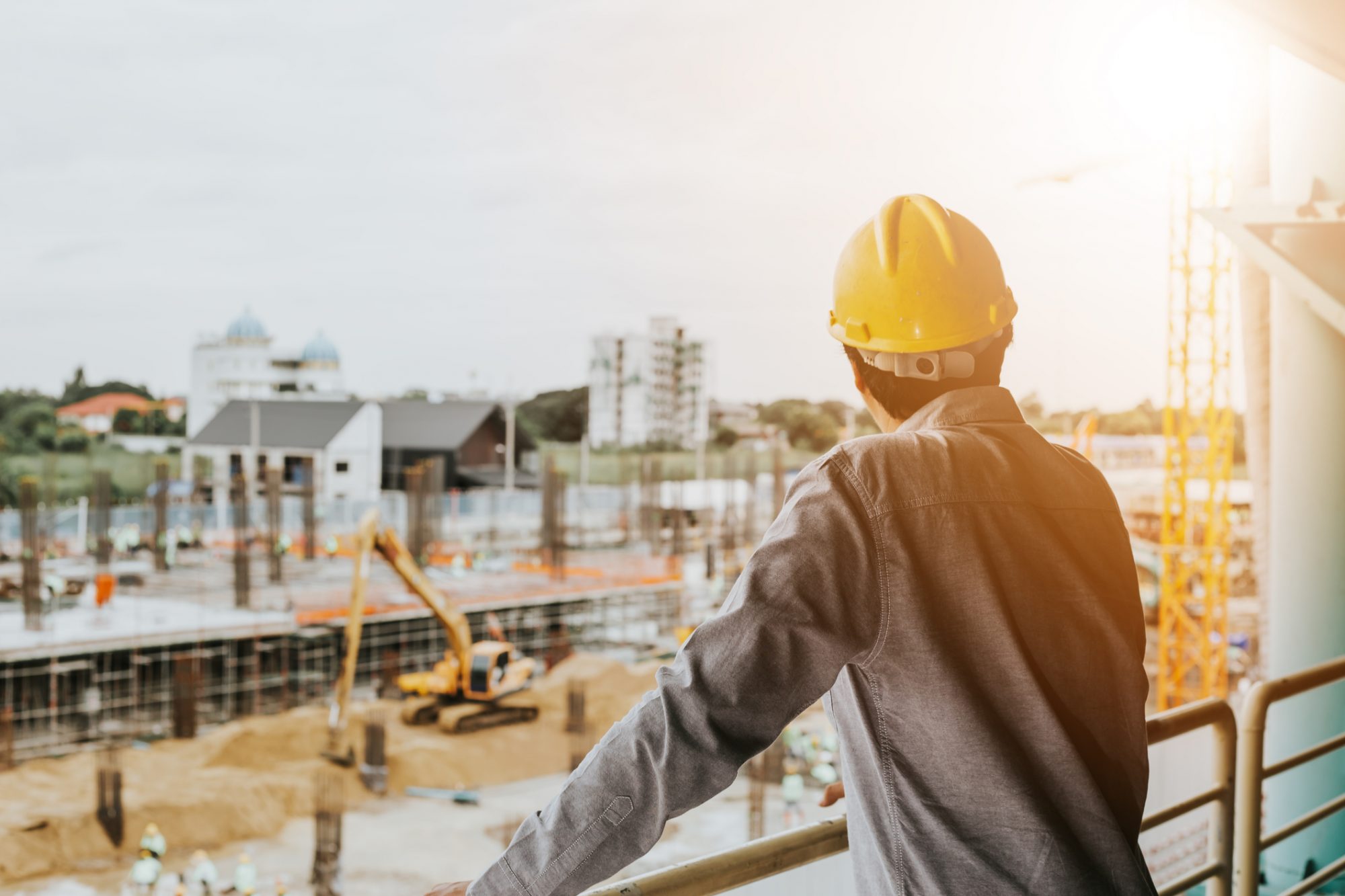In civil engineering, structural failures are the defects in the load-carrying capacity of specific materials which constitute a buildings’ construction. These materials cannot support or shift the load to other components that make up the building. It results when the materials are under extreme stresses beyond their strength limit. This causes the appearance of severe fractures or deformations in the building’s external structure. In the worst-case scenario, there is a possibility of the entire building collapsing because of the structural failure of these materials. Then, the occupants within the buildings might sustain serious injuries or even lose their lives.
Reddy Kancharla is a civil engineer from New York City’s Metropolitan Area with more than 25 years of valuable experience. He specializes in construction quality control, geotechnical consultancy, and civil construction. However, he has in-depth industry-based knowledge and expertise in other critical areas of civil construction. These include scrutinizing structural failures, identifying remedial designs, rectifying construction discrepancies, implementing ISO quality standards, and scheduling construction projects. Throughout his career, he has had the privilege of holding senior managerial posts in some of the top construction firms in the city.
He is even the mastermind behind the construction of many of New York’s prominent landmarks. These include the USTA National Tennis Center and Yankee Stadium, significant high-rise buildings like Goldman Sachs, Reuters, 7 WTC, BoA, and Bloomberg, the new terminal buildings of JFK Airport, park Avenue viaduct rehabilitation, and the Second Avenue subway, New York.
In his view, civil engineers typically construct buildings to withstand specific loads and still maintain their rigidity. These can be the weights of the occupants, objects, walls, overhead beams, wind pressure, rain, hail, and snow. However, in some cases, the materials that constitute the building’s construction come under stresses beyond their maximum strength limit. On reaching this limit, the materials start to deteriorate, which causes a significant reduction in their load-bearing capacity. This is when severe ruptures, defects, and extreme deformations appear on the building’s external structure. If the civil engineers do not address these structural failures, there is a likelihood of the entire building collapsing.
The common causes of structural failures in buildings that civil engineers specializing in remedial design come across are:
- Erroneous construction due to the loss on the part of the contractors to supervise site activities,
- Improper building design by the architects who conceived the drawings based on inaccurate data,
- Use of sub-standard building materials with low load-bearing capacity in the construction,
- Failure to conduct a geotechnical site inspection before constructing the buildings’ foundation, and
- Not considering the effects of excessive loads due to adverse climatic conditions on the building.
According to Reddy Kancharla, civil engineers can prevent structural failure in the buildings responsible for construction. They need to collaborate with the architects to devise a viable building design. They also have to properly examine the load-bearing properties of the building materials the contractors use in the construction. Above all, they need to work closely with the contractors to supervise the site activities.

